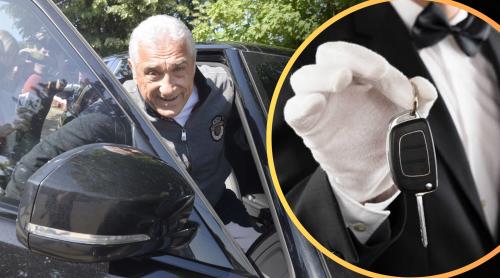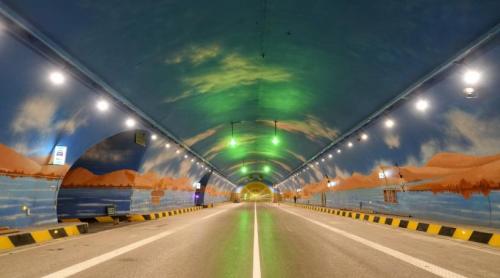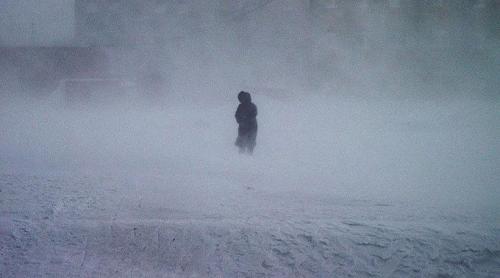
Although not officially entered in the list of techniques for political communication, together with the direct letter, billboards, spots, leaflets, T-shirts, balloons or events with bands and sausages, the crowd dive is as old as the world.
Although not officially entered in the list of techniques for political communication, together with the direct letter, billboards, spots, leaflets, T-shirts, balloons or events with bands and sausages, the crowd dive is as old as the world. Sometimes it was practiced prudently with a lot care from the special protection services. The big parades of the ancient or modern world, when the leaders take part actively in the event or attend it, such crowd dives take place.
Sometimes, the politician descends directly and courageously in the middle of the crowd and the guards have to use their elbows to keep the people away. This type of "dive" is specific for the modern and democratic world, the ancient or feudal leader did not want to show that there is no difference between him and the average person. On the contrary.
By definition, the crowd dive has to be made in a crowd. This crowd can gather in any city or even outside it, in the glades, on the roads, wherever appropriate. The crowd is greater or smaller and can gather due to almost any reason: local celebration, religious event, electoral meetings, artistic or sportive events or simply to meet the respective politician that appears on TV. There is one type of crowd that does not meet the needs of our leader who loves the crowd dives: the crowd gathered in order to punch him or at least to remonstrate with him.
The actions taking place at such events are always the same. The politician goes through the crowd gathered around him, shakes hands, gives short answers to certain questions, caresses the little children, kisses the hands of the old women, tastes some bread and drinks some plum brandy, receives requests and gives improvised answers to them. Behind him, the photographers and the journalists take pictures as they can. The touching or the spicy moments will appear in the press.
The dive has two specific parts worth to be analyzed. The first is, let’s say, concrete. The politician goes through the crowd to caress their heads. Nothing is solved in the crowd dive. The people complain about certain things and receive small sentences in return, which are more serious, they tell their problems, the guest answers in accordance to the criteria in the next day newspapers. Most times, the issues raised by the average people are not part of his duties. Besides, this is the reason for which there are specialized institutions in the modern state. The problems should be solved by those institutions in order not to have crowd dives. The second aspect is the psychological one. The crowd, as well as the politician, charges with positive energy this way. They scored a point. It feels good. People have lived an event that had brought a certain amount of adrenaline and hope. They saw in the flesh an important man in their corns. It's an even in areas in which nothing ever happens. And, maybe, that important man understood certain facts, saw certain realities. As far as the politician is concerned, he also feels good. People have come together for him and he got to talk to them directly, he got one step ahead of his opponents that watched him on TV.
Interesting thing, the uninominal system in 2008 Romania noticeably reduces the possibilities and the importance of the crowd dive, at least for the parliamentary elections. The candidacies take place on small areas, small towns that can no longer bring so much people in one place. It is the time to talk to each village, to each category, if not to each person. It takes time and knowledge. I do not think one can impose and create confidence only by speaking in general to a crowd without a face. The uninominal vote customizes not only the candidate but also the voter, which makes this relationship reciprocal.
We'll see lots of crowd dives, this image creating instrument has not died and it is unlikely to die. It will be extremely useful for the ones targeting large spaces, such as the ones running for president. Here's why Traian Băsescu is still the champion of this method, even if it does not necessarily make his politics more clear.
Citește pe Antena3.ro












